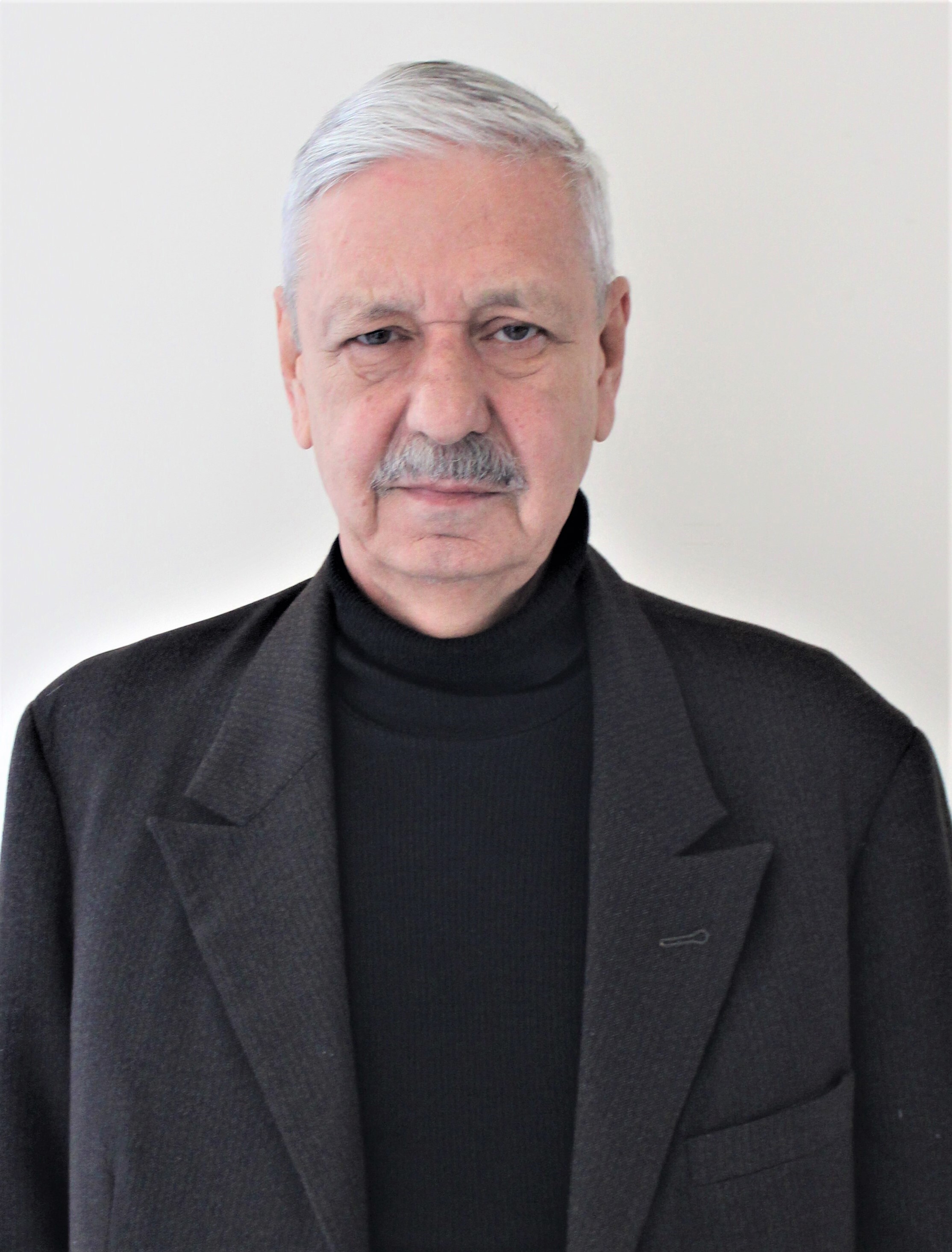BURNASHEV VLADIMIR FIDRATOVICH
Burnashev Vladimir Fidratovich
Senior Researcher | Assistant professor

Mathematical modeling, Calculation methods, Computer algebra systems, Discrete mathematics and mathematical logic, Parallel computing methods
1974-1975 - Senior laboratory assistant at Samarkand State Institute of Architecture and Construction
1975-1989 - Chief driver of the Samarkand State Institute of Architecture and Construction
1989-1992 - Assistant at the Department of Applied Mathematics and Automation, Samarkand State Institute of Architecture and Construction
1992-1995 - Senior Lecturer at the Department of Applied Mathematics, Samarkand State Institute of Architecture and Construction
1995-1996 - Senior Researcher at the Integrated Research Institute for Development Problems of the Samarkand Branch of the Academy of Sciences of the Republic of Uzbekistan
1996-1998 - Head of the Department of Liquid and Gas Mechanics of the Comprehensive Research Institute of Regional Problems of the Samarkand Branch of the Academy of Sciences of the Republic of Uzbekistan
1998-2006 - Head of the Department of Automated Control Systems of the Open Joint Stock Company "Samarkand Electric Networks"
2006-2012 - Senior Researcher at the Comprehensive Research Institute of Regional Problems of the Samarkand Branch of the Academy of Sciences of the Republic of Uzbekistan
2012-2016 - Senior Researcher at Samarkand State University
2016-2017 - Associate Professor of the Department of Applied Mathematics, Samarkand State University
2017-2019 - Associate Professor of the Department of Mathematical Modeling and Integrated Programming, Samarkand State University
2019 - present - Associate Professor, Department of Mathematical Modeling, Samarkand State University
It is important to increase the efficiency of hydrocarbon production from productive reservoirs of oil and gas fields around the world. The main method of oil production is waterflooding, which ensures a fairly high level of oil production from deposits. In this regard, an analysis of the practical application of the flood method and theoretical studies in the USA, Great Britain, Saudi Arabia, the Russian Federation and other developed countries shows that the effectiveness of this method depends on the correct choice of object. technology of its application. In this direction, hydrodynamic models of multiphase multicomponent fluids and methods for their implementation are important for the correct selection of objects and technologies, as well as for the development and optimization of the theoretical basis of geological and technical activities.
The purpose of the research is to develop improved hydrodynamic models of filtration of an oil-gas-condensate mixture in a porous medium, taking into account the phase transition of the condensate, the effect of acid on the calcite and dolomite reservoir of the oil reservoir, taking into account the chemical reaction, as well as taking into account the chemical reaction of the carbonate reservoir, processing the oil reservoir, taking into account stone clogging .
The scientific novelty of the study is as follows:
Based on the theory of liquid and gas movement, a mathematical model of the process of filtration of an oil-gas-condensate mixture and an algorithm for calculating the solution of the corresponding problem based on the “large particles” method have been improved;
Using a physicochemical approach, a mathematical model of the effect of acid on the oil reservoir’s calcium collector and a computational algorithm for solving the problem based on the “large particles” method have been developed;
A mathematical model of the effect of acid on a dolomite reservoir of an oil reservoir and a computational algorithm for solving the problem based on the “large particles” method have been created;
A mathematical model of the effect of acid on a carbonate reservoir of an oil reservoir has been created, taking into account the clogging of rocks, and a computational algorithm for solving the problem based on the “large particles” method;
Based on the created numerical models, calculation methods with a graphical interface and application software packages have been developed that allow multidimensional calculations using medium-power personal computers.
Articles published in 3 journals included in the scopus database, 1 in the Web of Science database

